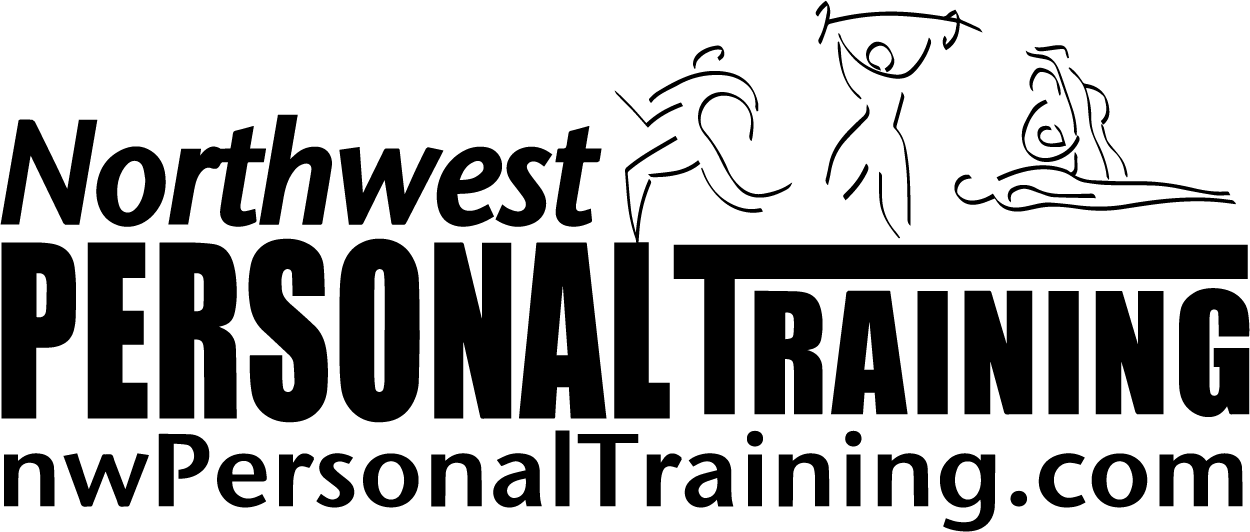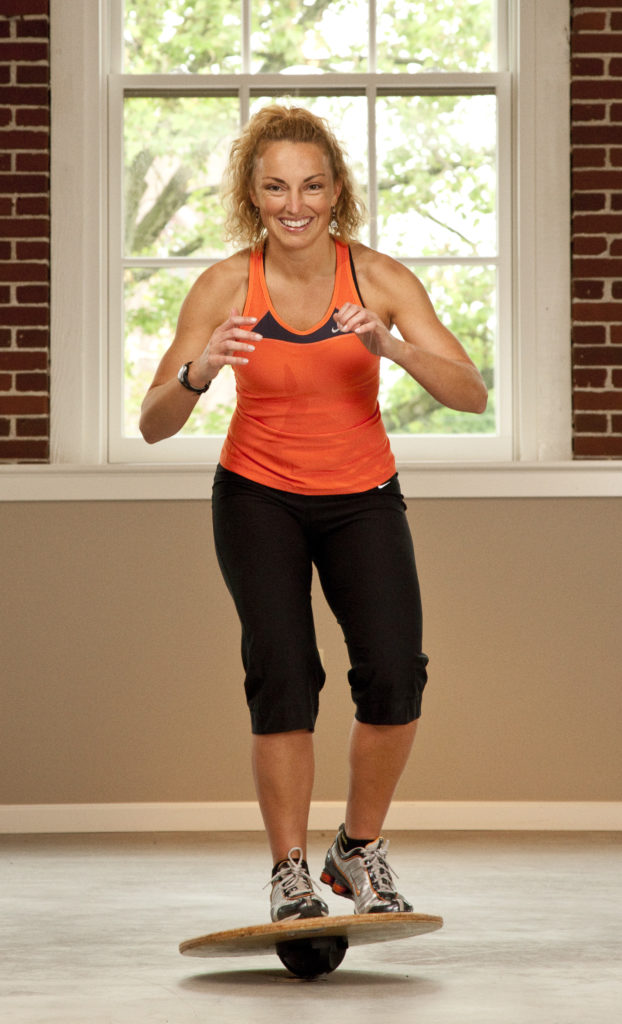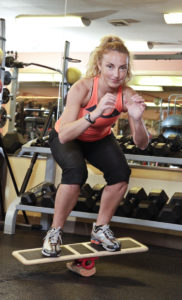The popularity of HIIT, Tabata, CrossFit and other aggressive workout formats sends the message that people need to go hard all the time to see results, but that is far from the truth!
We all want to experience life-changing results without leaving the gym feeling beat up and suffering chronic injuries to the knees, back and shoulders. Working smarter and not always harder can provide a workout that is gentler on the body, yet powerful and effective.
Don’t forget to sign up under “Weekly Fitness Tips” to automatically receive my latest blog post in your inbox!
Tips To Be Gentle On Your Body:
Warmup
The body doesn’t respond well going from inactivity to intense activity so always spend at least 5-10 minutes warming up the body. Use low-impact, low-intensity and low-load, dynamic, range-of-motion movements that mimic the workout you are about to perform.
Avoid Loading the Same Area
Avoid performing exercises in succession that load one area. For example, pushups, burpees, tricep dips and planks all load the wrists and shoulders. All are great exercises, but sequenced in that order place excessive strain on vulnerable joints. Instead, place a lower body exercise or pulling movement in between to break up the pushing action and allow some recovery before you load the same area again.
Balance Impact
If you perform a high impact activity one day, perform a low impact activity the next day. If you perform a high impact exercise, follow it with a low impact exercise. This is a gentler approach on your body instead of exposing it to high impact forces every day.
Balance Intensity
Even elite level athletes don’t train hard every single workout. Balance your weekly program with some workouts that are hard, others moderate and some easier. Some days workout for longer and other days, workout shorter.
Work the Deep Muscles
Most people work the superficial muscles that you can see. However, there are layers of muscles that are deep within the body that help to create healthy joints and allow the body to move effectively and efficiently. So, remember to include exercises that focus on balance, posture, mobility, and stabilization.
Progress Appropriately
Doing too much, too soon is a recipe for disaster. Your first priority should be mastering the technique for basic movements, because if you’re exercising with poor biomechanics, your risk for injury is greater. Perfect moving slow, before you start moving quickly. Start with a lower load and only increase resistance 10-20% every 1-2 weeks. Keep your repetitions within an ideal range of 8-12 reps for most muscle conditioning movements. You can do more repetitions but the higher the volume, the greater the risk for repetitive stress injuries. Bottom line – it’s important to challenge yourself but not above what your body can safely tolerate.
Cool-Down
The body responds better to a gradual de-escalation of intensity. So spend 5-10 minutes continuing to move your body at a lower intensity after the workout to help your body return to a resting state.
Yours in health & fitness,
Sherri McMillan



